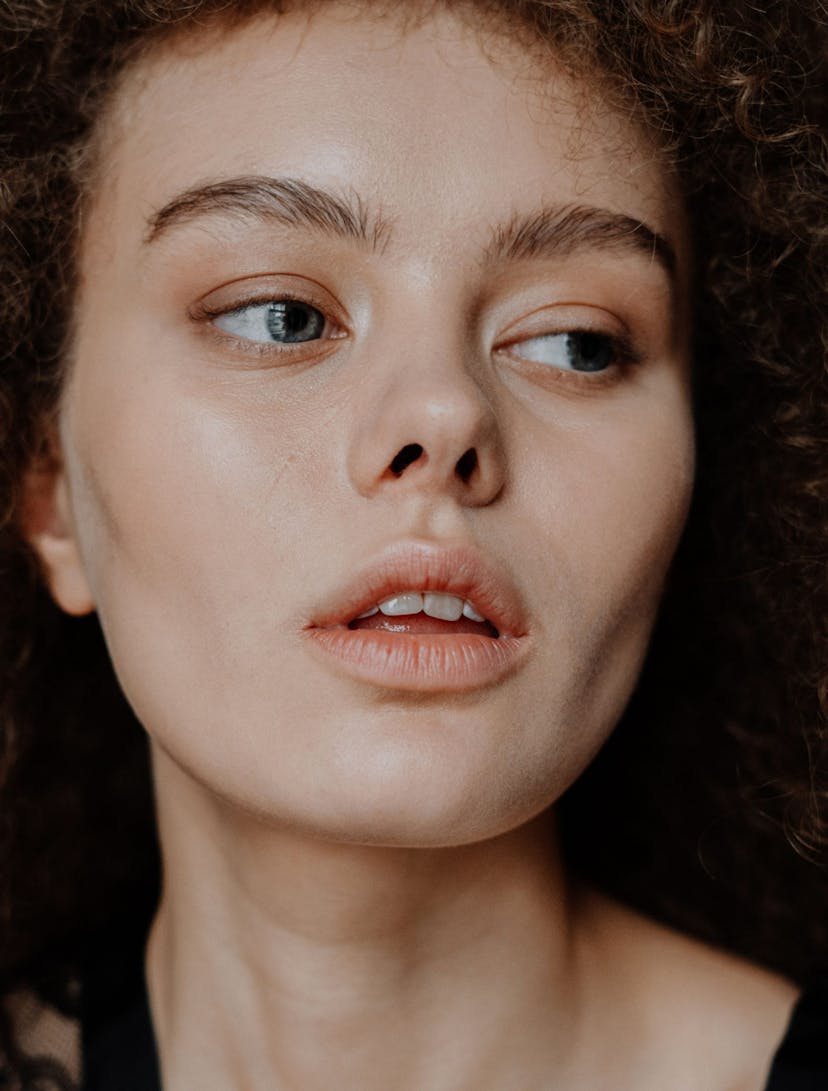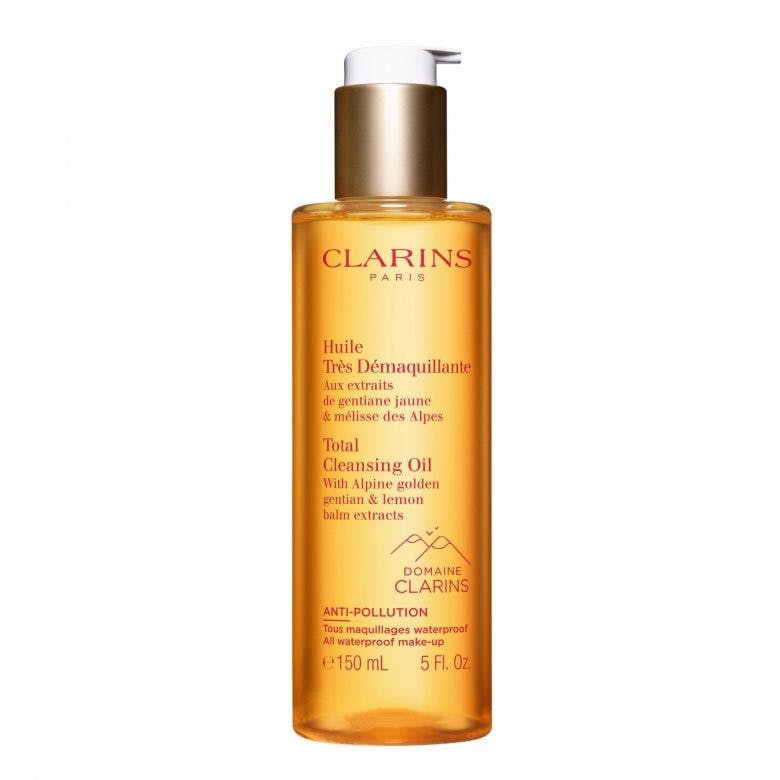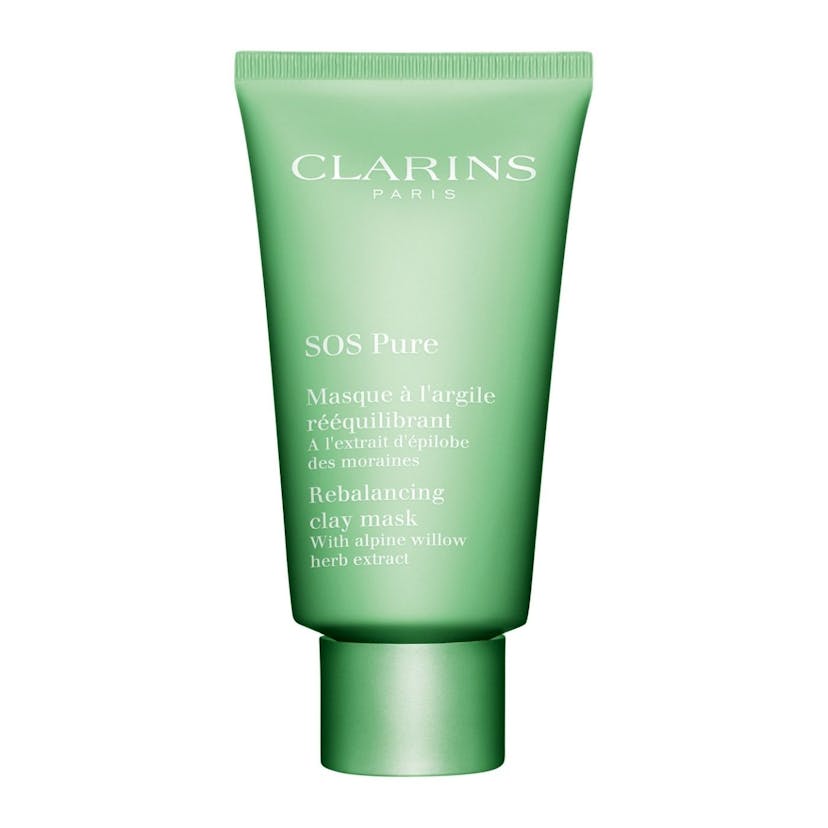Sebaceous Filaments vs Blackheads: What’s The Difference?
5 minutes read
Those small, pin-like dots on your nose, chin, or cheeks — are they sebaceous filaments or blackheads? Not all pore problems are the same. Sometimes, what we think might be problems are, in fact, normal.
Below, we explore all-things-pores, including the difference between sebaceous filaments and blackheads, and effective treatments for both.

Sebaceous Filaments vs Blackheads: How to tell the difference
Check their appearance closely. Sebaceous filaments may look like blackheads, but unlike the latter, their colours are not limited to black. Sebaceous filaments can appear yellowish, greyish, or just plain clear.
What are sebaceous filaments?
Sebaceous filaments help move sebum to the surface to regulate skin moisture and fight against external aggressors and dehydration; however, when the pores secrete excess sebum in the skin, the oils can build up and fill up the sebaceous filaments. This is when sebaceous filaments become visible and spill out of the pore. People with oilier skin tend to have their sebaceous filaments filled up more often.
What are blackheads?
Blackheads are a type of acne, unlike sebaceous filaments, which are a natural part of the pore structure, and we all have them. They may develop when an accumulation of surplus oils and dead skin cells obstructs a pore, resulting in the formation of a small sebum (oil) plug at the pore’s opening.
How to get rid of sebaceous filaments
While sebaceous filaments on the nose and other facial areas may seem concerning, they are entirely normal.
Sana Khan, Aesthetician, Nutritionist and Founder of Avicenna Aesthetics and Wellbeing Clinic says, “Sebaceous filaments are not problematic at all. Unlike blackheads, which are clogged pores filled with trapped bacteria, build-up of dirt, and excess sebum, sebaceous filaments are not clogged and are a normal part of your pores.
Unfortunately, there is no such permanent treatment for removing sebaceous filaments, but there are temporary cosmetic treatments which can help reduce or minimise their appearance.” Our suggestion? Start with a solid skincare routine.
Sebaceous Filaments Treatments
Here’s what your skincare routine should look like if you want to minimise the appearance of sebaceous filaments.
1. Double cleanse

An oil cleanser for sebaceous filaments may seem counter productive, but hear us out. An oil cleanser won’t strip your skin of hydration but it will effectively soak-off make-up, layers of SPF, dead skin cells, excess sebum and other dirt and debris. It also ensures the skin’s microbiota is balanced and healthy. We recommend something like the lightweight Total Cleansing Oil, £27.
Follow up with a salicylic acid cleanser like the Purifying Gentle Foaming Cleanser, £24. This is ideal for people with oily skin or those prone to blocked pores or breakouts.
Yes, sebaceous filaments are normal, but sebum’s overproduction can also cause white or blackheads.
Remember that a targeted skincare routine will keep the shine at bay and calm down those overactive oil glands. In addition, incorporating salicylic skincare products is an effective way to minimise sebum production and refine pores.
2. Toner
Don’t skip the toner. Some toners can help tighten the pores, such as the Purifying Toning Lotion, £27. Thanks to organic meadowsweet and organic witch hazel extracts that purifies the skin, while also preserving its natural balance.
3. Facial oil
Since sebaceous filaments become visible because of the overproduction of sebum, using facial oil can help combat it as your skin recognises that there’s enough oil and stops producing as much.
Be wary because not all oils are equal. Picking the wrong one could clog your pores and make matters worse. We recommend the Lotus Face Treatment Oil, £40, designed for oily skin. The extracts in the lotus oil are exceptionally good at mimicking the structure of the sebum.
You can use face oils in different ways; for instance, you can add a few drops to your night cream daily or use it as an overnight mask once a week. Apply to bare skin once a week as a treatment.
4. Clay mask

You may also benefit from a weekly clay mask. The SOS Pure Rebalancing Clay Mask, £33. It’s a 10-minute reboot that your face needs. If you have an oily skin type, you can put the clay mask all over your face but if you are combination skin, apply it to the T-Zone area. This powerful purifying mask has organic alpine willow herb extract, which promises to push the gunk out of your pores.
5. Professional facial
Charlotte McHale, Clarins Training Manager, recommends a regular visit to a facialist to keep impurities at bay, such as the 70 min The Anti-Blemish Rescue Facial, £ 74 every month.
This deep-cleansing, detoxifying, and purifying treatment is ideal for people with oily or combination skin types. Expect skin impurities to be gently removed, your oiliness to be reduced, and pores minimised and tightened, leaving you with clean, refreshed and rebalanced skin.
You can do a couple of weekly follow-up 30-Beauty Bar Treatments for £26, like the City Skin Rescue, to soothe stressed-out complexions with a deep cleansing facial after a hectic work week and exposure to all sorts of pollution.
Blackhead removal: a quick guide
As for how to get rid of blackheads, Khan says it’s always a good idea to exfoliate regularly.
“You must use a good physical or chemical exfoliant in your daily skincare routine, this could be an exfoliating cleanser, or it could be a mild daily peel to use or something like retinol at night.”
Topical treatments like benzoyl peroxides, alpha and beta hydroxy acids, and over-the-counter retinoids like adapalene can all help get rid of blackheads. If your blackheads are severe and you need prescription treatment, we recommend consulting your dermatologist. Prescription retinoid creams, such as Tretinoin or Retin-A Microcan, may help for stubborn and severe blackheads.
“In-clinic treatments which involves various acids and vortex suction to suck out blackheads, whiteheads and comedones as well as excess sebum, can help,” Khan says.
Nutrition-wise, Khan adds: “Often, a diet high in fat and lacking nutrient-dense foods can affect the skin as our skin is our largest organ. We need nutrient-dense fruit and vegetables to support detoxification pathways in the body, which may help provide optimal skin health review.”
Sign up for our newsletter
We will keep you in the loop for special offers, exclusive gifts and product news.

